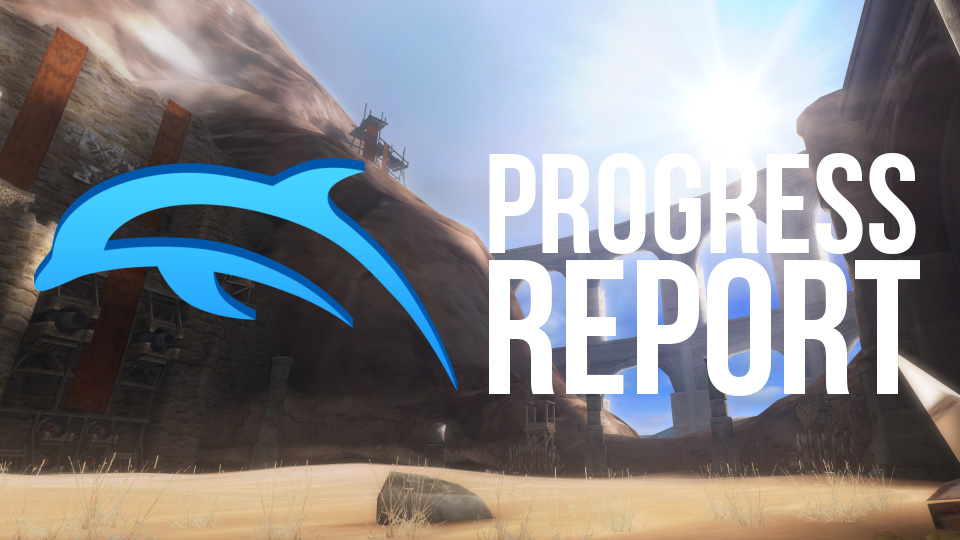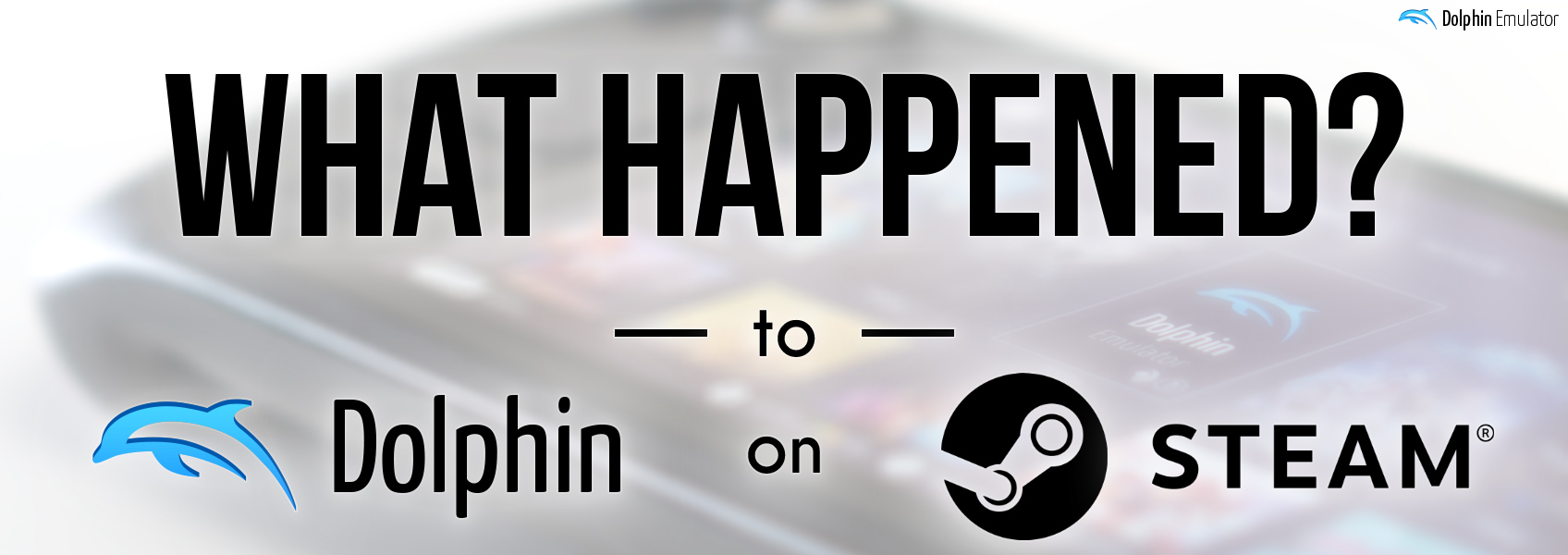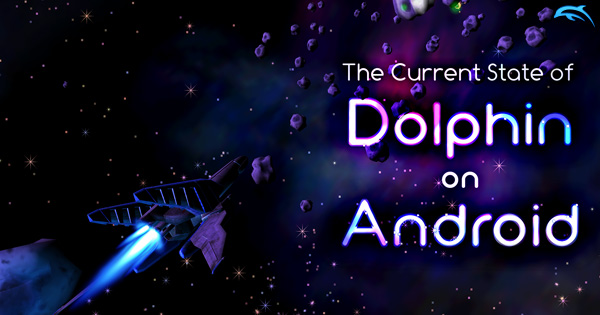It has been a bit of a tumultuous summer for the project, but now things are returning to normalcy. For those who somehow missed it, the Dolphin on Steam project has ceased after contact between Valve and Nintendo. Though we disagree with their stance and decision, we respect Valve's right to impose whatever restrictions they want within their private storefront. Please read the full article for details.
Fortunately, all that means is that nothing is going to change. We're …
Συνέχεια ανάγνωσης
Μπορείτε να συνεχίσετε την συζήτηση στο αντίστοιχο νήμα του φόρουμ αυτού του άρθρου.
After a long wait, the Progress Report is back! This time it wasn't so much from a lack of content, but from a lack of content creators. The past three months had illnesses hit one of our writers and the other had a very challenging move. Even with these major hurdles jumped, we're not even close to 100% yet. It's been a battle to get caught up with all of the big changes to Dolphin the past couple of months and because of that this report is a tad late.
Needless …
Συνέχεια ανάγνωσης
Μπορείτε να συνεχίσετε την συζήτηση στο αντίστοιχο νήμα του φόρουμ αυτού του άρθρου.
Dolphin on Android has had a bit of a checkered history since its inception. Users loved the idea of being able to take their favorite GameCube and Wii games on the go, but expectations and reality have never quite aligned. When Dolphin was first uploaded to the Play Store, developers tried to make it absolutely clear games wouldn't be playable, even going as far as calling it "Dolphin Emulator Alpha". Unfortunately, despite many warnings, many people got their hopes up the moment they saw Dolphin was on the appstore and …
Συνέχεια ανάγνωσης
Μπορείτε να συνεχίσετε την συζήτηση στο αντίστοιχο νήμα του φόρουμ αυτού του άρθρου.
On July 13th, 2008, Dolphin went open source, now just over ten years ago. While it could be easy to drift off into how much things have changed... there's one particular feature that has never quite lived up to the hype despite debuting that very same year - netplay.
As surprising as it may sound Dolphin Netplay has been around since the emulator went open source. For roughly a decade, users have tried their hand at taming the beast of synchronizing multiple instances of a GameCube and Wii despite their …
Συνέχεια ανάγνωσης
Μπορείτε να συνεχίσετε την συζήτηση στο αντίστοιχο νήμα του φόρουμ αυτού του άρθρου.
When you're playing your favorite game on Dolphin with a powerful computer, things should run fairly well. The game is running full speed, there are no graphical glitches, and you can use your favorite controller if you want. Yet, every time you go to a new area, or load a new effect, there's a very slight but noticeable "stutter." You turn off the framelimiter to check and your computer can run the game at well over full speed. What's going on?
The slowdown when loading new areas, effects, …
Συνέχεια ανάγνωσης
Μπορείτε να συνεχίσετε την συζήτηση στο αντίστοιχο νήμα του φόρουμ αυτού του άρθρου.
Update: There is an issue with the Nvidia drivers that kept buffer storage from being utilized properly on Windows: they do not report the driver version. Since the Linux version of the driver reports its version correctly, the Dolphin devs assumed that the nvidia drivers would report it and used a version check to make sure ARB_buffer_storage was only utilized on drivers that actually support it. Because of this issue, even the latest drivers that support the function failed the version check and Dolphin didn't use buffer_storage on Windows. And thanks to an unrelated bug discovered later, the …
Συνέχεια ανάγνωσης
Μπορείτε να συνεχίσετε την συζήτηση στο αντίστοιχο νήμα του φόρουμ αυτού του άρθρου.
In light of the recent announcements by NVIDIA and AMD in support of Linux for their graphics drivers, we would like to share with the world some of the experience we had developing our open source project, Dolphin, a GameCube and Wii emulator for Windows, Linux, Mac and recently Android.
At the beginning of this year, after the successful release of Dolphin 3.5, Markus Wick (degasus) and Ryan Houdek (Sonicadvance1) started working on a rewrite of Dolphin's OpenGL backend in order to be compliant to the OpenGL ES 3.0 standard. While this rewrite was needed for other reasons (it provides …
Συνέχεια ανάγνωσης
Μπορείτε να συνεχίσετε την συζήτηση στο αντίστοιχο νήμα του φόρουμ αυτού του άρθρου.











